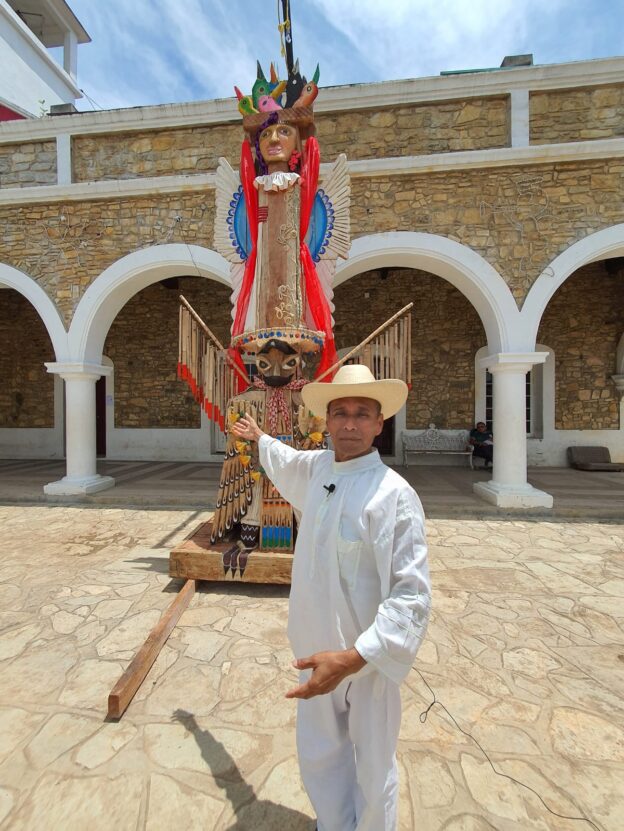By Graham Harvey
We are now less than a month away from the UK’s hosting of 26th UN Climate Change “Conference of the Parties” (COP26). The OU’s OpenLearn site is presenting free learning resources about climate change from different disciplinary perspectives and how that knowledge and experience may explain and inform the outcomes of COP26. Those outcomes are impossible to predict. Some people remain hopeful that global transformative action will be agreed on – and actually implemented this time. Others remain doubtful that COP26 will result in their ideal future of ecological and social justice and wellbeing.
The magnitude of the challenges and threats facing Earth’s life are impossible to exaggerate. The latest scientific report of the Intergovernmental Panel on Climate Change sets matters out clearly – and is refreshingly forthright in its insistence that urgent action is needed from governments and others. It is also refreshing in not putting the burden of “saving the planet” on individuals alone.
There are myriad religious voices addressing the issues. Too many to note here. And too varied to summarise. But there is certainly plenty for a student of religion to research, consider and discuss.
My interest in Indigenous ceremonies, festivals and performance cultures has led me to collaborate with the Border Crossings intercultural theatre company. In particular, I’m intrigued by the ORIGINS Festival of First Nations which they organise and host every two years in London. They usually bring Indigenous artists, performers, speakers, films and even chefs to London to engage audiences in venues across the city. The COVID pandemic has made the 2021 Festival different: it involves more online events and will continue throughout the year and into 2022.
However, the 2021 ORIGINS Festival is not all online. Right now, an impressive “totem” (a carved and decorated presentation of the kinship between humans and other species) is travelling across the UK. (You can follow the totem’s journey here.) The totem is called “Latamat” (“Life”) and was carved in Mexico by Jun Tiburcio – a Totonac multi-media artist – specifically to take a message to the COP26 meeting in Glasgow. A succinct version of the message is that because all life is related we have responsibilities to live respectfully, to the benefit of all our kin, of whatever species. Jun Tiburcio’s eloquence about totem Latamat expands on that theme and emphasises the urgency of the message. After COP26, totem Latamat will be ceremonially returned to earth at the Crichton near Dumfries. Here, Tiburcio describes the totem’s elements:
Totem Latamat is one intervention into discussions about climate and environmental concerns. It is distinctive because it comes from an Indigenous artist and his community. It is not only that people like Jun Tiburcio and his Totonac community have interesting ideas about the world and life. They are also among those most immediately and devastatingly being affected by climate change. One example of this is the damage done to Totonac homes and homeland by a hurricane made extreme as a result of climate change.
My contribution to the OU’s OpenLearn COP26 Hub says more about Totem Latamat. It ends with the thought that the totem is an encouragement to celebrate life. This encouragement is not unique to Indigenous people – although it is a core theme in Indigenous conversations and ceremonies. It is something that many religious and non-religious people can share. What makes it important now is that it stands in stark contrast to the depressing news of disasters and of the magnitude of the threats facing life. These tend to demotivate people. Encouragement to celebrate our relations and our place in the living community might inspire the urgent actions that will be discussed at COP26.

